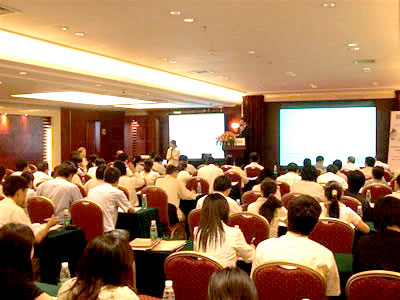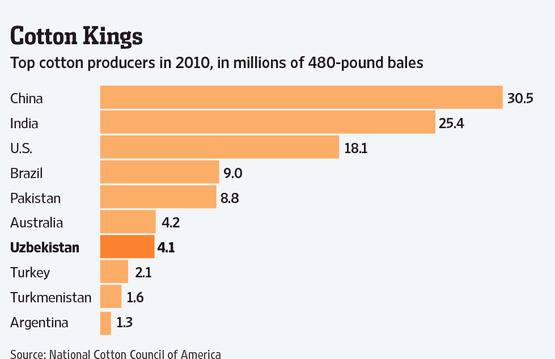|
Despite the enactment of laws on waste management to safeguard the health of factory workers and surrounding communities, some factories still continue to discharge effluents to open places and water sources. Many entrepreneurs, albeit aware of the repercussions of their actions, take advantage of lack of comprehensive enforcement of the laws. However, some industrialists have started to take the situation seriously, embarking on strategies to ensure safe disposal of industrial and complex chemicals, especially those in textile and tanneries factories. Afritex Limited, one of the leading textile mills in the country, has ultimately carried out installation of a water effluents treatment plant that discharges treated waste water to a nearly modern drainage. The drainage - a 12km structure, carries both the treated waste water and rain water to the India Ocean. The company¡¯s Chief Executive Officer P.V Singh told the Tanga Regional Commissioner Chiku Galawa on a recent familiarisation tour of local industries that the plant, with four chambers, discharges water from manufacturing processes to the neighbouring drainage as a gesture to avoid environmental pollution. The factory¡¯s General Manager Kashmikant Raval says since the installation of the plant a few months ago environmental pollution within and around the mill owned by Mohamed Enterprises Tanzania Limited (METL), has ceased. ¡°The decision to install the plant was necessitated by public outcry for environmental safety,¡± he says. The mill uses over 1.2m/- for chemicals per day for the plant alone. Construction of the factory, a brain-child of former Commercial Industrial Combine (CIC), was built in 1985 by the late Chotubhai Somaia, a former prominent industrialist in the country. But six years later (in 1992) the firm was faced by financial problems which led to its liquidation. It was closed for four years consecutively before another investor took over in 1998. ¡°Nothing substantial changed and METL acquired ownership of the entity in 2000. When we took over the factory ,it was in tatters. We then embarked on a serious rehabilitation and modernisation exercise that ultimately elevated installed production capacity from a mere 400,000 linear metres to 2.0 million a month,¡± says Singh. He says with textile technology from Germany, Switzerland, China and India, the firm has invested over 6m USD on new machines. A part from Afritex, which employs over 500 workers on three shifts, the investor also owns two more textile factories ¨C Morogoro Polyester and Musom Textile Mill. Another factory is in Mozambique. Singh said that 80 percent of finished goods, including khanga, vitenge, bed sheets and school uniforms are sold in the local market while the rest 20 percent is exported to neighbouring Kenya, Malawi and Mozambique. The factory¡¯s foreign markets are Portugal, Hongkong and Mauritius. The company imports 70 percent in form of machinery, spare parts, yarn and chemicals while the remaining 30 percent cotton is obtained locally. Like most manufacturing firms, Afritex faces countless challenges and hurdles. ¡°Power supply is both unstable and intermittent. Low voltage also increases our working cost,¡± Singh explains, urging government to consider the company for subsidy that will take care of the highly-priced diesel cost. ¡°During power cuts, we use diesel to run the machinery, a situation which increases costs of production tremendously,¡± he says. The CEO informed Galawa that another major challenge for the factory is shortage of skilled manpower. ¡°We conduct job training for the staff, but doing so increases our manufacturing cost. It would be prudent that the government introduces textile courses at VETA considering that the industry presently. www.ippmedia.com
|
|
Tanga factory installs water treatment plant to curb pollution
Updated: 2011-11-11 Source: www.ippmedia.com

Recommended News
Photo Gallery
Most Popular



